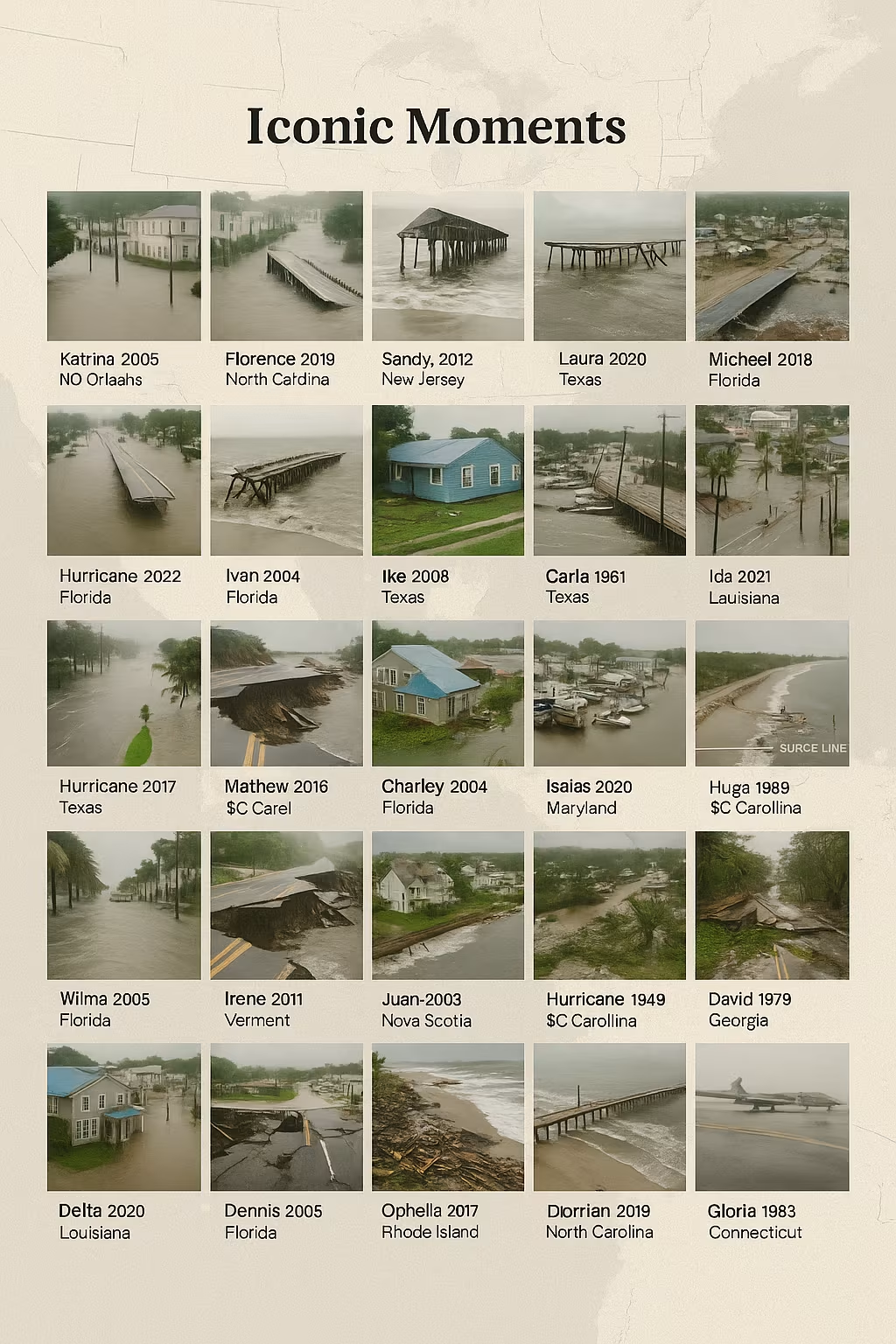The internet is drowning in manipulated media. From fabricated political speeches to AI-generated celebrity endorsements, deepfakes are rapidly blurring the line between what’s real and what’s artificial. With generative AI becoming more accessible, this crisis isn’t just a threat to individual privacy—it’s undermining trust in journalism, democracy, and digital identity itself.
Enter blockchain technology, an unlikely hero in the battle against misinformation. While best known for powering cryptocurrencies, blockchain’s potential as a tool for digital verification and content authenticity is gaining serious traction. Experts now believe blockchain could play a pivotal role in detecting, verifying, and preventing the spread of deepfakes across the internet.
So how exactly can blockchain help counter this growing threat? Let’s break down how decentralized verification, immutable records, and smart contracts might be the key to restoring trust in digital media.
The Deepfake Dilemma: A Growing Threat
Deepfakes—hyper-realistic media created using AI to impersonate real people—have evolved from harmless novelty to dangerous disinformation tools. The technology behind them, such as generative adversarial networks (GANs), has improved so dramatically that it’s now difficult for the average viewer to distinguish a fake video from a real one.
Consequences of deepfakes include:
- Fake political messages or news events, fueling unrest or misinformation campaigns
- Synthetic celebrity endorsements, damaging reputations and misleading consumers
- Corporate impersonation scams, targeting executives or customers for fraud
- Non-consensual deepfake pornography, especially targeting women
These malicious uses have prompted calls for technological countermeasures and regulatory action—but the deepfake arms race is already accelerating. Traditional detection tools, reliant on watermarks or digital forensics, often lag behind AI’s rapid evolution.
Why Blockchain? A Trust Layer for the Digital World
Blockchain is a decentralized, immutable ledger that records transactions and data across a distributed network of nodes. Once information is recorded on a blockchain, it cannot be altered without consensus, making it a powerful system for transparency and verification.
Here’s how blockchain offers a promising solution to the deepfake problem:
- Provenance Tracking for Media Files
Blockchain can be used to register the origin, time, and source of any digital asset—photos, videos, audio recordings, or documents. When a photo is taken or a video is recorded, it can be hashed and timestamped on a blockchain, creating a digital fingerprint of authenticity.
If someone tries to pass off an edited or AI-generated file as legitimate, that version won’t match the original hash, alerting platforms and viewers that the content may be manipulated.
- Decentralized Identity (DID) Verification
A key vulnerability in deepfake attacks is impersonation. Blockchain-based digital identity frameworks can authenticate individuals using cryptographic signatures. Public figures, journalists, or companies can sign their official media with their verified identity, ensuring viewers know the content comes from a legitimate source.
This could lead to the development of “verified media feeds”, where only content signed by authenticated creators is trusted and ranked higher on platforms.
- Smart Contracts to Enforce Rights and Distribution
Blockchain enables programmable contracts that can govern how content is used, distributed, or modified. Artists, influencers, and journalists can use smart contracts to:
- Prevent unauthorized copying or editing
- Set permissions for reuse or syndication
- Automatically alert platforms if content is published outside approved contexts
This creates a digital rights framework resistant to manipulation, further reducing the risk of deepfake dissemination.
- Content Labeling and Integrity Certificates
With blockchain, every media file can come attached to a “certificate of authenticity” stored on-chain. Think of it like a digital passport, showing:
- When and where the media was created
- Who created it and under what license
- Whether it has been altered (and how)
Major newsrooms, NGOs, and social platforms could implement these certificates as part of media literacy initiatives, helping users distinguish real from fake in their feeds.
Real-World Projects Tackling Deepfakes with Blockchain
Several companies and coalitions are already exploring blockchain solutions to misinformation and synthetic media:
- The Content Authenticity Initiative (CAI), led by Adobe and partnered with Twitter and The New York Times, is building open standards for digital media provenance.
- Truepic uses cryptographic verification and blockchain records to authenticate images directly at the point of capture.
- Numbers Protocol is developing a “decentralized photo network” where every image is linked to verifiable metadata on-chain.
- Filecoin and IPFS provide decentralized storage solutions that can host verified media, preventing tampering through centralized systems.
These platforms are pioneering what could become the infrastructure for a safer digital ecosystem—one where trust and traceability are the default.
Limitations and Challenges
Despite blockchain’s potential, several challenges remain:
- Scalability: Recording every media file or transaction on a blockchain requires substantial storage and processing. Layer-2 solutions or selective hashing might be needed.
- Adoption: Platforms, publishers, and users must embrace blockchain verification for it to work. Without industry-wide adoption, bad actors can still operate outside trusted networks.
- Cost and complexity: Not all content creators have access to blockchain tools or the technical knowledge to use them effectively.
- Privacy concerns: Storing media metadata and identity verification on-chain must be balanced with user privacy and data protection laws.
That said, many of these challenges are already being addressed through innovative blockchain design, privacy-preserving protocols, and open-source collaboration.
A Government and Regulatory Angle
Governments around the world are taking note of the deepfake crisis. The European Union’s AI Act, U.S. initiatives on digital identity, and proposed laws targeting synthetic media all highlight the need for verifiable digital trust.
By supporting blockchain-based verification standards and incentivizing adoption through regulation, governments can accelerate the shift toward a safer digital information space.
Some proposals on the table include:
- Requiring media platforms to display verified content badges
- Creating public registries of verified content producers
- Funding blockchain infrastructure for public news agencies and educational institutions
These policy frameworks could complement technological solutions, offering a dual approach of innovation and oversight.
Blockchain Is Not a Silver Bullet—But It’s a Powerful Shield
While blockchain won’t eliminate deepfakes overnight, it offers a crucial foundation for verifying truth in a synthetic world. By anchoring digital content to immutable records and trusted identities, blockchain can restore confidence in media, protect individuals from impersonation, and empower platforms to take responsible action against misinformation.
The deepfake crisis is a modern problem—but blockchain provides a modern solution. With the right adoption, standards, and cross-sector collaboration, we may yet reclaim the internet’s greatest asset: trust.





